Hello!
I am looking to purchase natural round diamond. The amount I am willing to spend is 3,500USD aprox and I have narrowed the search to the following options. I have attached the scoring given by the HCA Tool in each one (score, light return, fire, scintillation, spread and comment). They also have photo and video inside the link.
Which one do you think is the best option?
Thanks for your help!
I am looking to purchase natural round diamond. The amount I am willing to spend is 3,500USD aprox and I have narrowed the search to the following options. I have attached the scoring given by the HCA Tool in each one (score, light return, fire, scintillation, spread and comment). They also have photo and video inside the link.
Which one do you think is the best option?
| Link / URL | Carat|Color|Clarity | Table|Crown|Pavilion | Cut Advisor Score | Light return | Fire | Scintillation | Spread |
| Option 1 | 0.8|F|VS2 | 57|36.0|40.6 | 1.9 | Very good | Excellent | Very good | Very good |
| Option 2 | 0.8|H|VS2 | 58|35.0|40.8 | 1.4 | Very good | Excellent | Excellent | Very good |
| Option 3 | 0.8|H|VS2 | 55|34.5|40.6 | 0.8 | Excellent | Excellent | Excellent | Very good |
| Option 4 | 0.8|E|VS2 | 58|35.0|40.8 | 1.7 | Very good | Excellent | Excellent | Very good |
| Option 5 | 0.8|H|VS2 | 56|34.5|40.8 | 1.2 | Excellent | Excellent | Excellent | Very good |
| Option 6 | 0.76|G|VS2 | 56|34.0|41.0 | 1.2 | Excellent | Excellent | Very good | Very good |

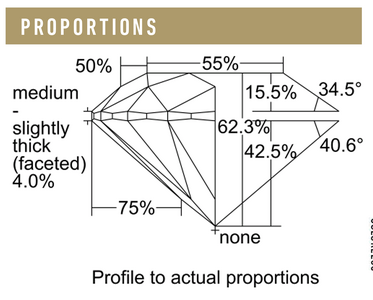
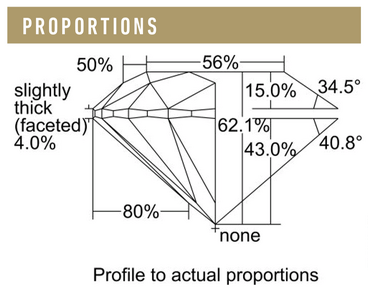

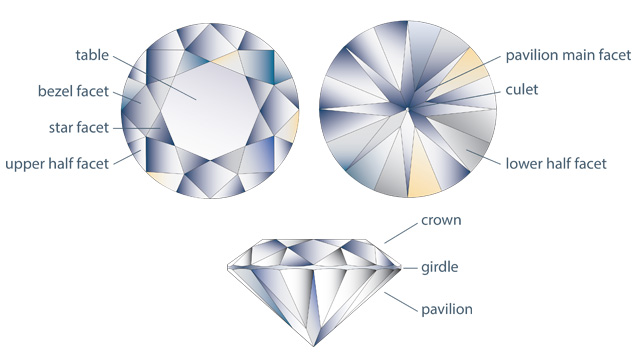
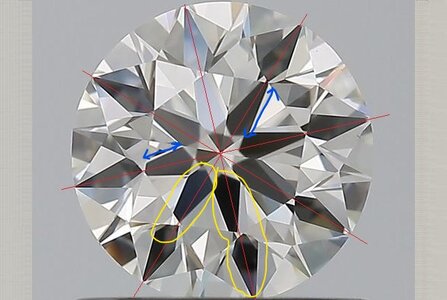
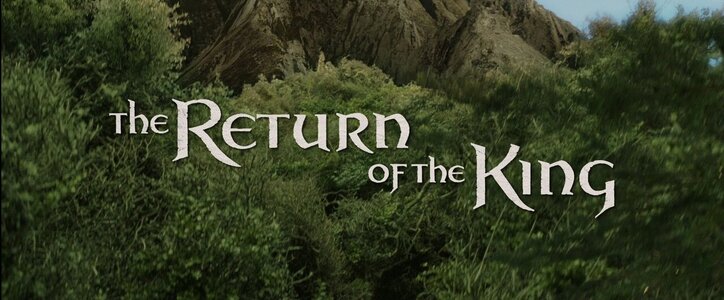
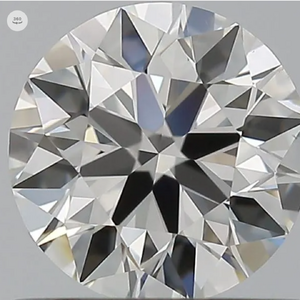
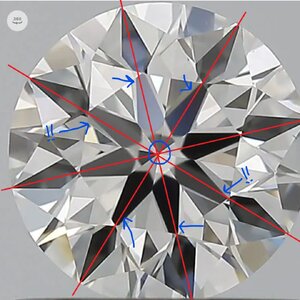




300x240.png)